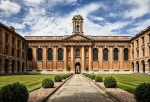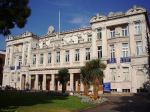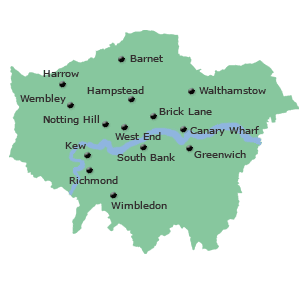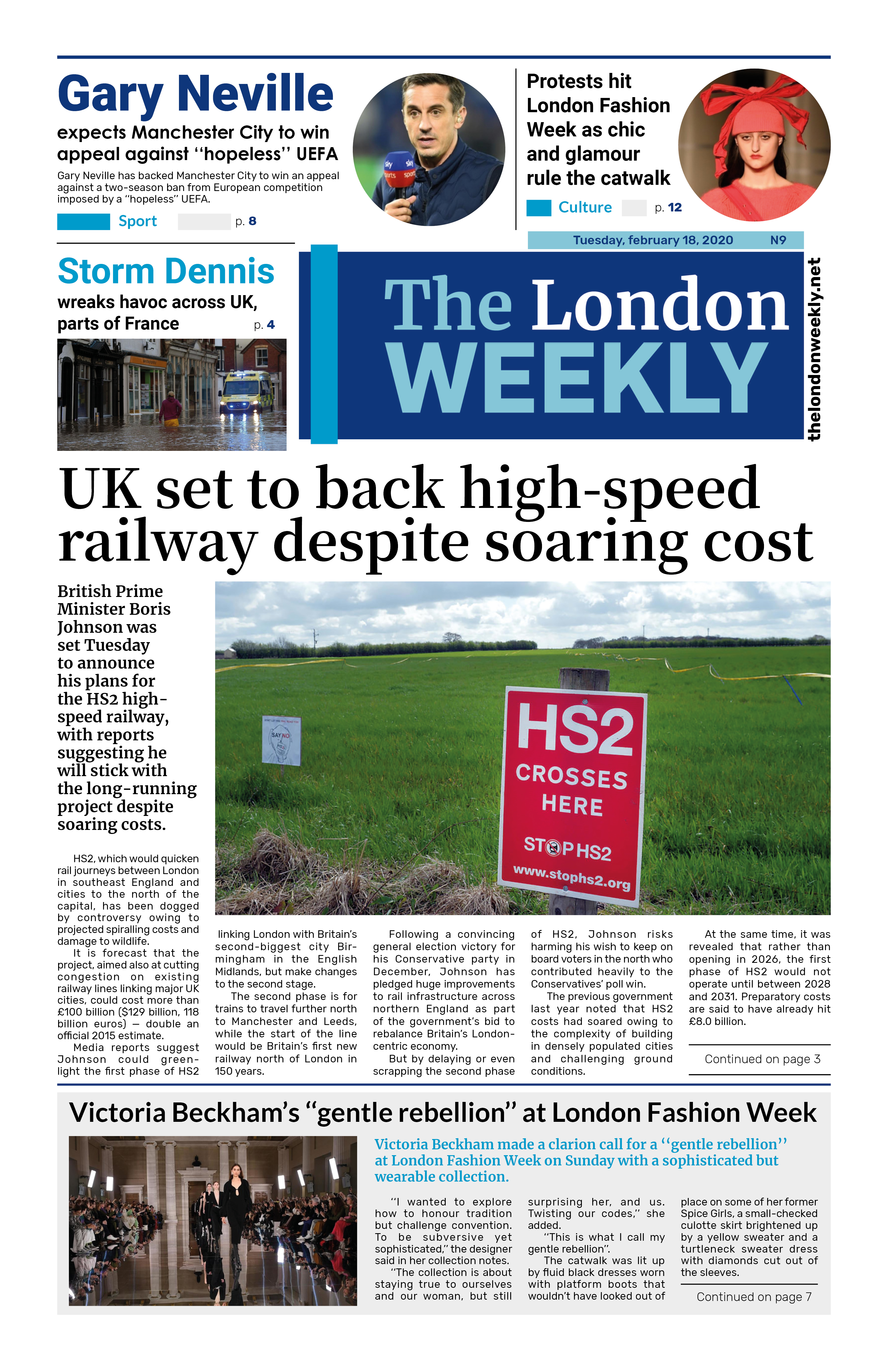
Culture
-
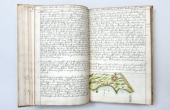 Captain John Narbrough’s journal faces export ban amid fears it could leave the UK
A rare 17th-century manuscript journal documenting Captain John Narbrough’s secret expedition to Spanish America and the Pacific has been placed under a temporary export ban, giving UKRead More...
Captain John Narbrough’s journal faces export ban amid fears it could leave the UK
A rare 17th-century manuscript journal documenting Captain John Narbrough’s secret expedition to Spanish America and the Pacific has been placed under a temporary export ban, giving UKRead More... -
 Earliest evidence of human fire-making unearthed in Suffolk
A team led by the British Museum has uncovered what is now the earliest known evidence of humans deliberately making fire—dating back around 400,000 years—at a site in Barnham,Read More...
Earliest evidence of human fire-making unearthed in Suffolk
A team led by the British Museum has uncovered what is now the earliest known evidence of humans deliberately making fire—dating back around 400,000 years—at a site in Barnham,Read More... -
 Rothschild 15th-century prayer book set to fetch up to $7 million at Sotheby’s auction
Ultra-rare 15th-century mahzor features vivid medieval illustrationsRead More...
Rothschild 15th-century prayer book set to fetch up to $7 million at Sotheby’s auction
Ultra-rare 15th-century mahzor features vivid medieval illustrationsRead More... -
 Ray Winstone honoured with Freedom of the City of London
Ray Winstone, one of the UK’s most celebrated ‘hard man’ actors, has been awarded the Freedom of the City of London in recognition of his extensive charitable and fundraising work.Read More...
Ray Winstone honoured with Freedom of the City of London
Ray Winstone, one of the UK’s most celebrated ‘hard man’ actors, has been awarded the Freedom of the City of London in recognition of his extensive charitable and fundraising work.Read More... -
 Golden Globe 2026 nominations announced ahead of January ceremony
The nominations for the 83rd annual Golden Globe Awards were unveiled on Monday, setting the stage for the first major awards ceremony of the season on January 11.Read More...
Golden Globe 2026 nominations announced ahead of January ceremony
The nominations for the 83rd annual Golden Globe Awards were unveiled on Monday, setting the stage for the first major awards ceremony of the season on January 11.Read More... -
 Mayor of London granted right to use historic GLC coat of arms
The Mayor of London has been officially granted permission to use the historic coat of arms once belonging to the former Greater London Council (GLC), following approval from the King.Read More...
Mayor of London granted right to use historic GLC coat of arms
The Mayor of London has been officially granted permission to use the historic coat of arms once belonging to the former Greater London Council (GLC), following approval from the King.Read More... -
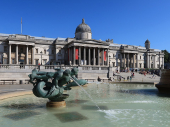 Who will shape the National Gallery’s tomorrow? Architects shortlisted for landmark expansion
The National Gallery has announced a shortlist of six architectural teams competing to design a major new wing as part of its ambitious £750 million Project DomaniRead More...
Who will shape the National Gallery’s tomorrow? Architects shortlisted for landmark expansion
The National Gallery has announced a shortlist of six architectural teams competing to design a major new wing as part of its ambitious £750 million Project DomaniRead More... -
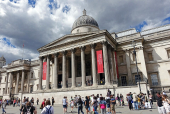 National Gallery unveils ambitious exhibition programme for 2026
The National Gallery has announced a landmark line-up of exhibitions for 2026, spanning five centuries of European art and bringing together rare loans, first-ever UK presentations, and iconicRead More...
National Gallery unveils ambitious exhibition programme for 2026
The National Gallery has announced a landmark line-up of exhibitions for 2026, spanning five centuries of European art and bringing together rare loans, first-ever UK presentations, and iconicRead More... -
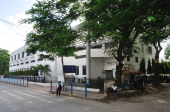 OUP India launches 100 libraries for underprivileged children across Uttar Pradesh
Oxford University Press (OUP) India has partnered with the National Book Trust (NBT) to establish 100 libraries for underprivileged children across Anganwadi centres inRead More...
OUP India launches 100 libraries for underprivileged children across Uttar Pradesh
Oxford University Press (OUP) India has partnered with the National Book Trust (NBT) to establish 100 libraries for underprivileged children across Anganwadi centres inRead More... -
 Children’s author Iryna Kotlyarevska: “Stories born from family evenings”
Iryna Kotlyarevska is a name increasingly found on the shelves of family libraries. A mother of four, a Bachelor of Philosophy, a Master of Political Science, and the creator of the worlds ofRead More...
Children’s author Iryna Kotlyarevska: “Stories born from family evenings”
Iryna Kotlyarevska is a name increasingly found on the shelves of family libraries. A mother of four, a Bachelor of Philosophy, a Master of Political Science, and the creator of the worlds ofRead More... -
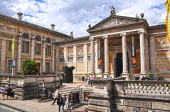 Ashmolean Museum passes one million visitors for first time since 2008
The Ashmolean Museum in Oxford has recorded more than one million visitors in a single year, the first time it has reached the milestone in 16 years, the institutionRead More...
Ashmolean Museum passes one million visitors for first time since 2008
The Ashmolean Museum in Oxford has recorded more than one million visitors in a single year, the first time it has reached the milestone in 16 years, the institutionRead More... -
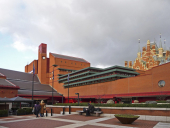 Writer’s Award 2026 honours Jacqueline Crooks and Vanessa Londoño
Jacqueline Crooks and Vanessa Londoño have been named the 2026 recipients of the Eccles Institute and Hay Festival Global Writer’s Award. The announcement was made Monday evening atRead More...
Writer’s Award 2026 honours Jacqueline Crooks and Vanessa Londoño
Jacqueline Crooks and Vanessa Londoño have been named the 2026 recipients of the Eccles Institute and Hay Festival Global Writer’s Award. The announcement was made Monday evening atRead More...
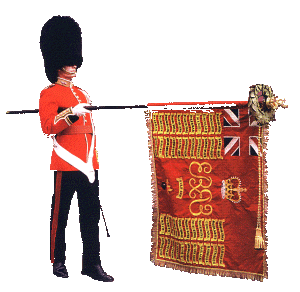
British Queen celebrates
Most Read
- Teen held after US woman killed in London stabbings
- Heave-ho Harry! Prince prepares to join the walking wounded in ice trek to North Pole
- Football: Farhad Moshiri adamant Everton deal above board
- "Master of English Style". Interview with Designer Lydia Dart
- Letter to the Financial Times from Lord Mayor Alderman Michael Bear
UK news

Pubs in England were given the go-ahead to reopen next week after more than three months of closure due to the coronavirus outbreak, in a move hailed Tuesday by the industry.

The sound is a little fuzzy but Anoosheh Ashoori's voice does not falter as he delivers his message to British Prime Minister Boris Johnson from inside Iran's Evin jail.

British Prime Minister Boris Johnson on Friday backed England rugby fans singing "Swing Low, Sweet Chariot" at matches, despite suggestions it could be banned because of its links to slavery.

Protesters at a demonstration linked to far-right groups clashed with police in central London on Saturday, after gathering to counter an anti-racism march despite officials urging

Manchester City and England footballer Raheem Sterling on Sunday insisted that racism is "the only disease right now".

Thousands of homeless people in Britain were given hotel rooms to protect them from coronavirus but as the outbreak slows, charities fear they could soon be back on the streets.

Britain's foreign minister said he has spoken to "Five Eyes" allies about potentially opening their doors to Hong Kongers if Beijing's plans to impose a national security law on the city sparks an

English racing will on Monday offer a beacon of hope after months of nationwide gloom when it becomes the first sport in Britain to emerge from coronavirus lockdown.

British Prime Minister Boris Johnson was under increased pressure on Sunday to sack top aide Dominic Cummings who was facing allegations that he had breached coronavirus lockdown rules

The British government on Saturday rejected calls to sack top adviser Dominic Cummings over allegations he broke coronavirus lockdown rules by travelling across the country while displaying














